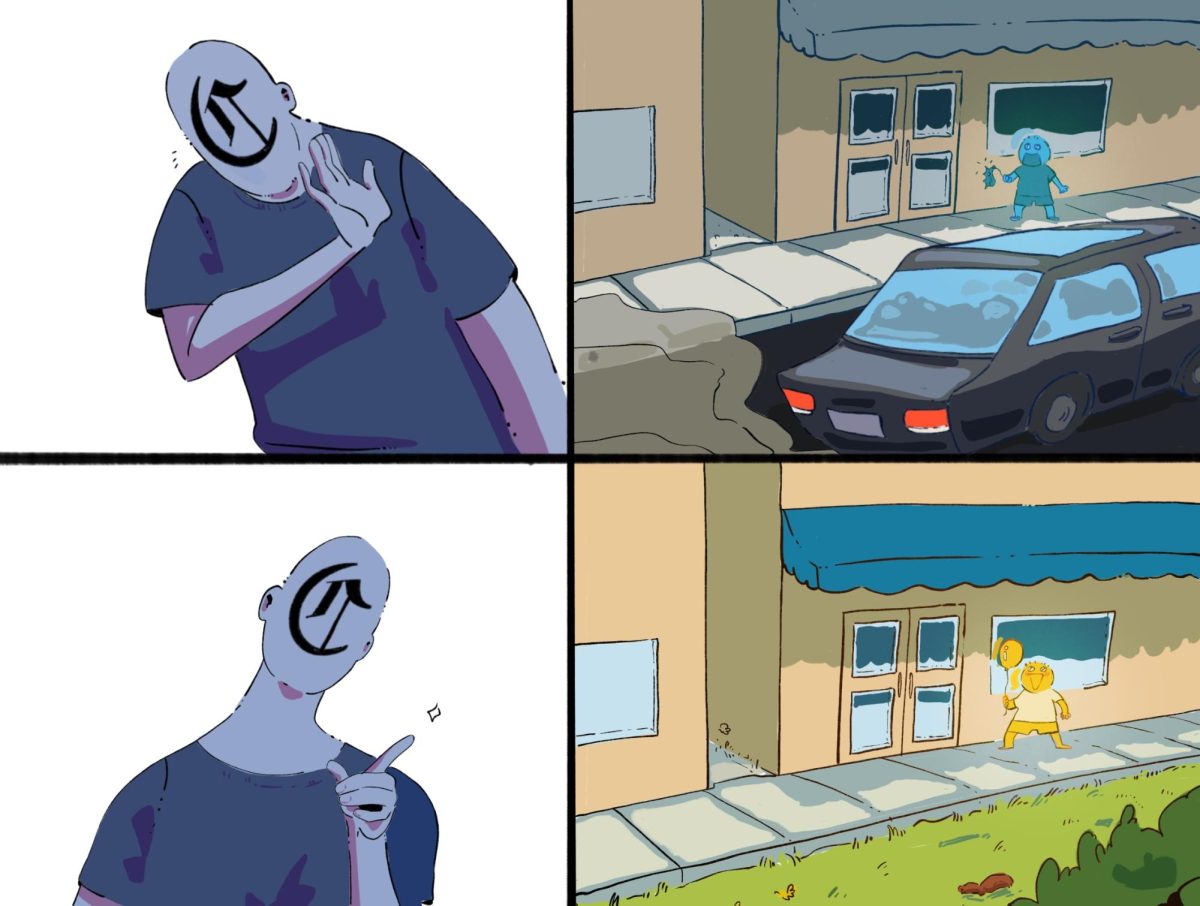Biking is a central part of Palo Alto’s identity. Since the city unveiled a bike boulevard on Bryant Street in the early 1980s, it has championed itself as a biker-friendly community.
Not only does Palo Alto encourage bike riding, it makes it easier than most cities for bikers to commute to work and school. The Campanile applauds the city’s historic dedication to ensuring safety for all commuters, especially those on two wheels.
Palo Alto proves if a city strives to make bike transportation safer and more feasible, the community will respond. All over the city families ride on the roads, Stanford students explore the area, people head to work and kids bike to school.
One component of being a bike-friendly city is dealing with accidents. According to the California Office of Traffic Safety, in 2018, Palo Alto had 99 incidents where a bicyclist was either injured or killed. In 2017, neighboring city Mountain View had substantially fewer collisions involving cyclists, only recording 31 incidents. These numbers demonstrate that while Palo Alto has taken important action for bikers, more can be done in the area of biker safety.
The Palo Alto biking population is growing, and due to the pandemic, biking has surged across the country. According to the National Public Radio, last year bike sales grew 65% in the United States.
As a result of the increasing number of riders, the California Department of Transportation offered $7 million grants to cities and towns for temporary, quick-build bike safety precautions during the pandemic. The CDT put this temporary offer in place to help keep communities safe and deal with the pandemic cycling boom.
With increased traffic from both bikes and cars in Palo Alto now that stores are opening back up and restaurants can seat patrons indoors again, permanent safety measures are needed now more than ever.
The Campanile is also encouraged by the city’s willingness to implement permanent bike safety solutions. This spring the city will spend $6 million on the Charleston-Arastradero improvement project which will add islands for crosswalks, as well as new bike lanes throughout the corridor. However, the Churchill and Castilleja intersection serves as proof more still needs to be done. Due to the intersections location it has been a hazard for both student riders and commuters for years, with more riders than ever the problem could escalate.
The Campanile urges the city to further embrace it’s bike-friendly identity and take greater action to guarantee all bikers make it home safely by prioritizing school zones and other heavily trafficked areas for these safety improvements.
As we approach the end of this unpredictable school year, it is time to set our sights on planning for next year. The Campanile thinks in order to give students the safest biking experience, the city must continue to improve bike safety now, before schools open in the fall and bikers flood the streets.
If the city keeps emphasizing bike safety and utilizing its resources through preventative measures such as new yield signs and better marked crosswalks, not only will bikers be safer, so will the environment, as more people will make the switch from gas pedal to bike pedal.






